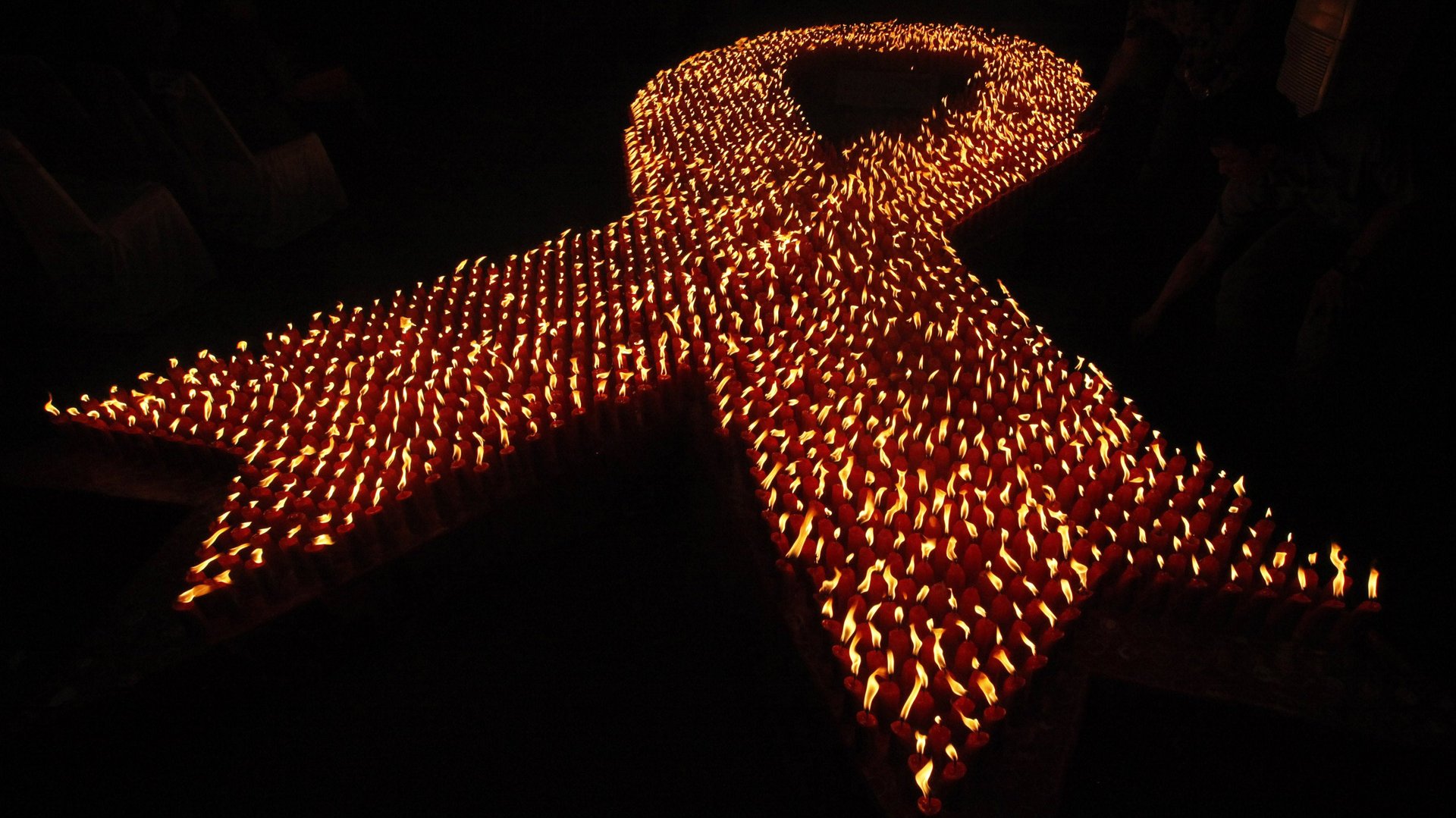New HIV diagnoses have hit a record high in Eastern Europe
The United Nations has ambitious plans to end the global AIDS epidemic. Eastern Europe could be one of the plan’s biggest problems.


The United Nations has ambitious plans to end the global AIDS epidemic. Eastern Europe could be one of the plan’s biggest problems.
A new report (pdf) by the World Health Organization (WHO) shows that the rate of new HIV diagnoses in that region (which includes Eastern Europe and Central Asia) recorded more than 130,000 new diagnoses in 2017, the highest on record. Across the WHO’s European region overall—including Western Europe, Central Europe, Eastern Europe, and Central Asia—160,000 people were diagnosed with HIV in 2017.
The UN in 2011 adopted a strategy dubbed 90-90-90, which aims to make sure that by 2020, 90% of people living with HIV will know their status, 90% diagnosed will receive sustained antiretroviral therapy, and 90% receiving that medication will have viral loads that have been lowered to undetectable levels. At its current rate, the Eastern European region stands little chance to get its new diagnoses number down to 40,000 by 2020, its 90-90-90 target.
Of new HIV diagnoses in Eastern Europe, the majority—59%—resulted from heterosexual transmission. That makes it all the more crucial for health officials in that region to invest in educational outreach programs to address misconceptions and stigmatism attached to the medical condition.
“We must overcome the stigma of HIV infection and treatment and continue our efforts in dispelling false beliefs about how HIV and AIDS are spread,” said Vytenis Andriukaitis, the European commissioner for health and food safety in a statement.
While the rate of diagnoses in the European region overall generally declined in 2017—led by a 20% decrease since 2015 among men who have sex with men—the number of new diagnoses remains too high. Across the globe, there were 1.8 million new HIV diagnoses in 2017. The majority were in the two regions on the African continent.
*The WHO groups together Western & Central Europe and North America